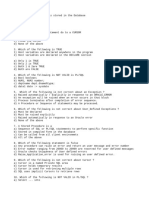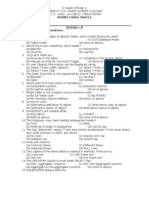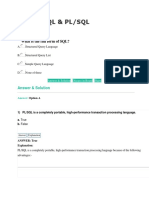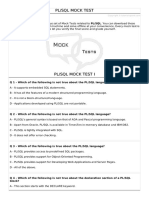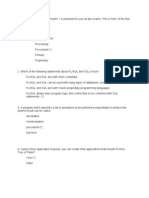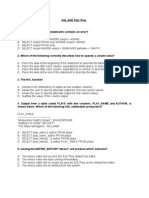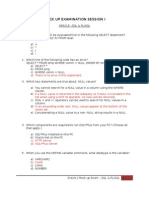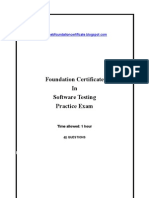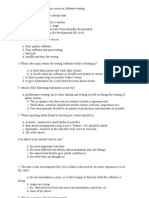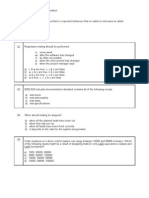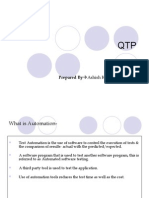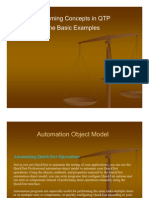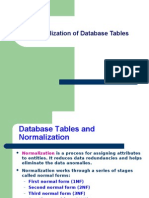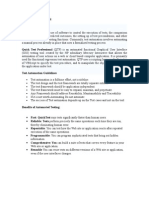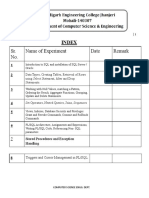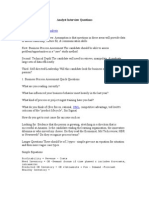100% found this document useful (2 votes)
169 views5 pagesQuestions RDBMS Unix Stream
This document contains an Oracle exam with 50 multiple choice questions testing knowledge of Oracle concepts like SQL, PL/SQL, database modeling, and SQL programming. The questions cover topics such as data definition language, data manipulation language, data control language, data types, constraints, indexes, functions, procedures, packages, cursors, exceptions, and triggers. Candidates have 2 hours to complete the exam, which is worth a total of 100 marks.
Uploaded by
IrfanCopyright
© Attribution Non-Commercial (BY-NC)
We take content rights seriously. If you suspect this is your content, claim it here.
Available Formats
Download as DOC, PDF, TXT or read online on Scribd
100% found this document useful (2 votes)
169 views5 pagesQuestions RDBMS Unix Stream
This document contains an Oracle exam with 50 multiple choice questions testing knowledge of Oracle concepts like SQL, PL/SQL, database modeling, and SQL programming. The questions cover topics such as data definition language, data manipulation language, data control language, data types, constraints, indexes, functions, procedures, packages, cursors, exceptions, and triggers. Candidates have 2 hours to complete the exam, which is worth a total of 100 marks.
Uploaded by
IrfanCopyright
© Attribution Non-Commercial (BY-NC)
We take content rights seriously. If you suspect this is your content, claim it here.
Available Formats
Download as DOC, PDF, TXT or read online on Scribd
/ 5




